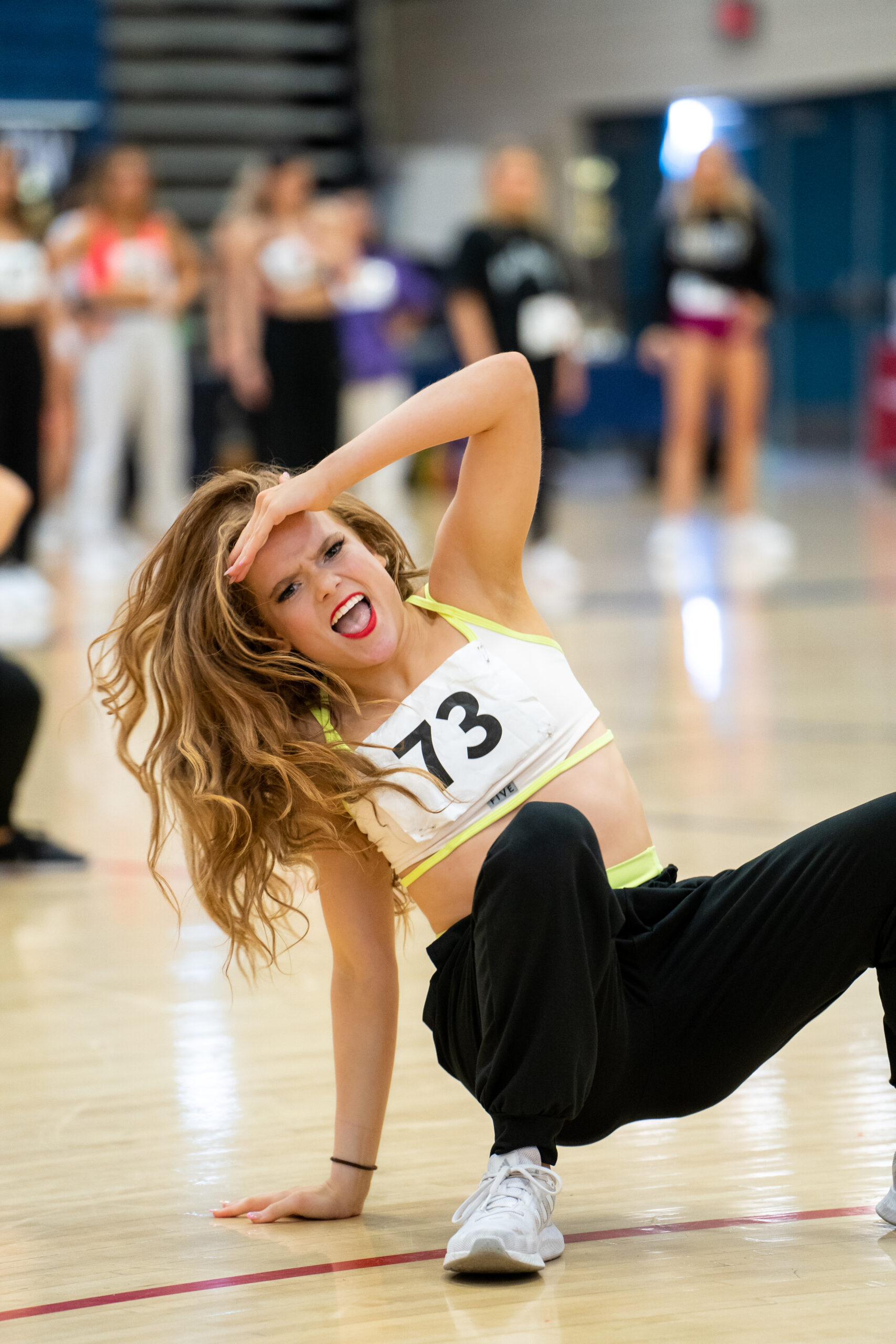In the world of dance, where every movement tells a story and every gesture captivates an audience, facials – the expressions a dancer wears – are as crucial as the steps themselves. Facials not only enhance the performance but also create a deeper connection between the dancer and the audience. Here’s why facials hold such importance in the dance industry and how they contribute to the success of dance teams.
Enhancing Storytelling
Dance is a form of storytelling where emotions are conveyed through movement. Facials play a pivotal role in this narrative. Whether it’s joy, sorrow, anger, or excitement, the expressions on a dancer’s face communicate the story’s essence. A well-executed routine with matching facial expressions can move the audience, making the performance memorable.
Connecting with the Audience
A dancer’s facial expressions are a direct line to the audience’s emotions. Engaging facials can draw the audience into the performance, making them feel a part of the story. This connection is vital in competitive dance, where judges are looking for performers who can engage and captivate from the first move to the last.
Elevating Team Unity and Synchronization
In a dance team, synchronization extends beyond matching steps; it includes harmonized facials. When a team performs with unified expressions, it showcases their cohesion and attention to detail. This unity enhances the overall visual impact and demonstrates the team’s commitment to delivering a polished and professional performance.
Boosting Confidence and Stage Presence
Facials contribute significantly to a dancer’s stage presence. A dancer who can confidently convey emotions through expressions exudes charisma and command on stage. This confidence not only enhances individual performance but also inspires the entire team, creating a positive and energetic dynamic.
Highlighting Musicality and Rhythm
Expressions can accentuate musicality, helping dancers emphasize beats, rhythms, and lyrical nuances. Facials that align with the music’s mood and tempo add layers to the performance, making it more dynamic and compelling. This synchronization between movement, music, and expressions showcases a dancer’s comprehensive understanding of their craft.
Making Performances Memorable
Audiences and judges often remember performances that stand out emotionally. Facials are a key element in creating those standout moments. A powerful expression at a pivotal point in the routine can leave a lasting impression, setting a performance apart from others.
Building Character and Versatility
For dancers, practicing facials builds versatility and character. It challenges them to explore a range of emotions and expressions, enhancing their acting skills and emotional depth. This versatility is beneficial not only in dance but also in other performing arts, making them well-rounded performers.
Achieving Competitive Edge
In competitions, the smallest details can make a significant difference. Teams with synchronized and expressive facials often have an edge over others. Judges look for performers who can convey the dance’s essence and engage the audience. Therefore, mastering facials can be the deciding factor in tight competitions.
Tips for Improving Facials:
- Mirror Practice: Regularly practice in front of a mirror to understand how different expressions look and feel.
- Filming Rehearsals: Record rehearsals to review and refine expressions.
- Feedback: Seek feedback from coaches and peers to improve.
- Consistency: Ensure that facials are consistent throughout the performance to maintain the narrative.
Facials are a powerful tool in a dancer’s toolkit. They enhance storytelling, connect with the audience, elevate team unity, and contribute to a dancer’s confidence and stage presence. For dance teams, synchronized facials can be the defining factor that sets them apart in competitions. By investing time and effort into mastering facial expressions, dancers and dance teams can elevate their performances, leaving a lasting impact on audiences and judges.

